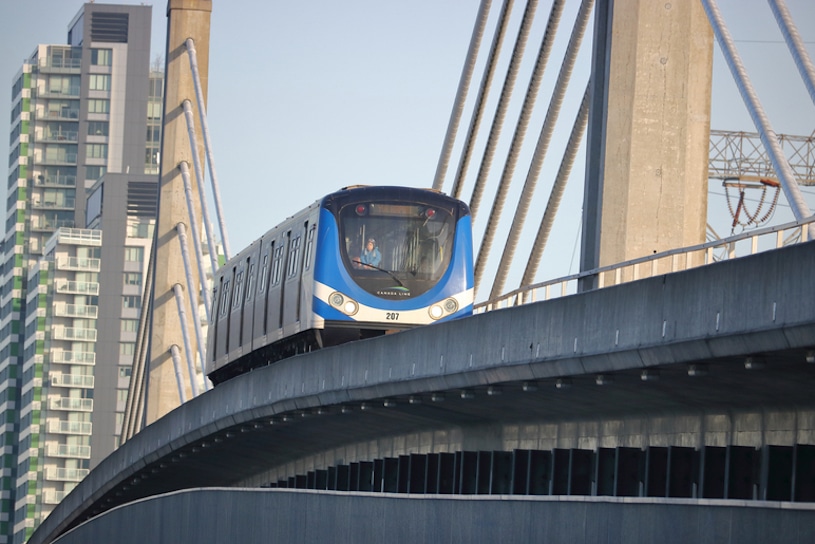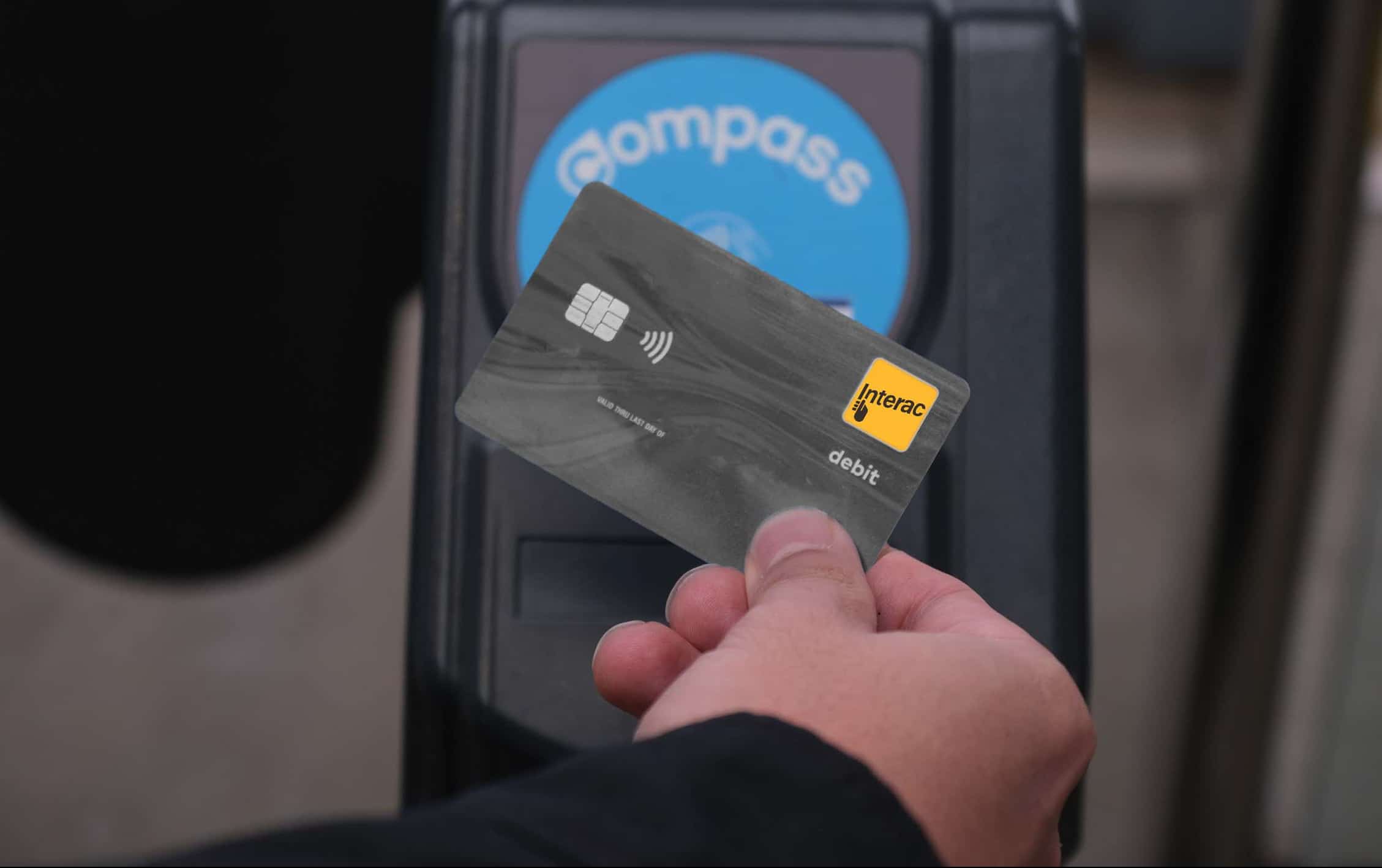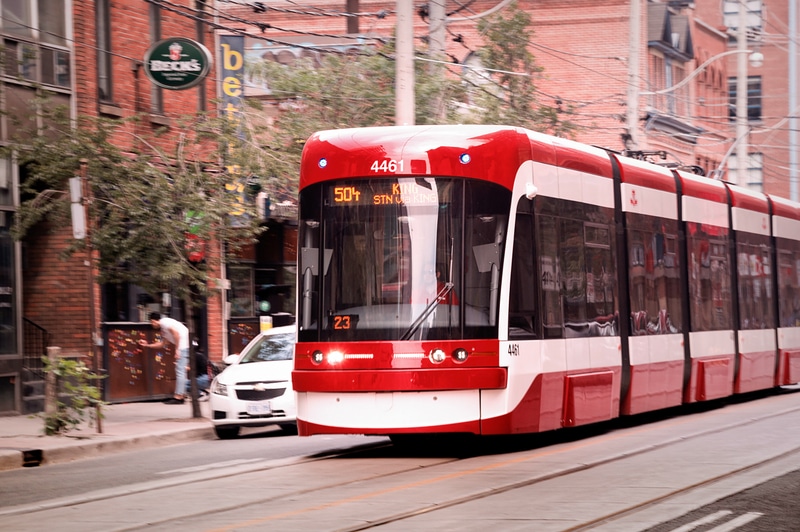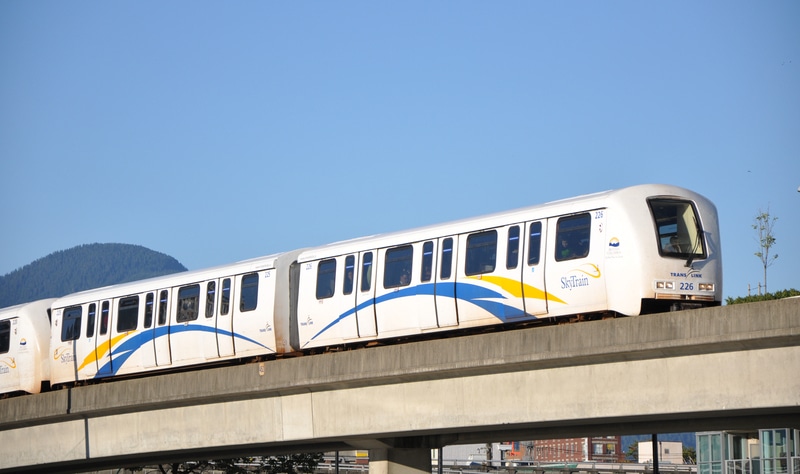
Article Highlights
Vancouver transit authority TransLink Wednesday launched the much-anticipated expansion of its open-loop payments service to include Canada’s popular domestic debit brand, Interac–hoping to increase adoption of what has been a little-used service. Interac Corp. paid for the transit authority to upgrade more than 5,000 terminals to accept its brand.
Open-loop payments accounted for only around 2% of trips for TransLink earlier last year, compared with around 96% of rides paid for with the authority’s closed-loop Compass card.
• TransLink (Vancouver)
• Interac
• Metrolinx (Toronto)
• STL
Vancouver transit authority TransLink Wednesday launched the much-anticipated expansion of its open-loop payments service to include Canada’s popular domestic debit brand, Interac–hoping to increase adoption of what has been a little-used service.





















